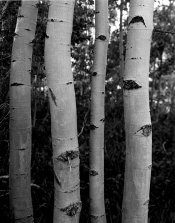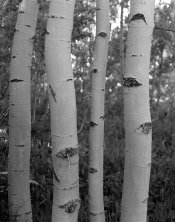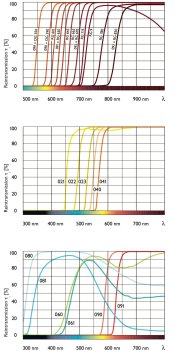Thanks all for the insights.
Sounds like there are some simple steps I can take to troubleshoot. Taping the edges of the filter to ensure I don't have light piping in from the sides and causing flare is an easy first thing to try.
I do suspect part of it is just my own inexperience with filters. I'll need to be aware of how blue shaded light is in particular as I do a lot of my work in the shade. I'll probably need to continue to experiment as well as finding what works best for my own filter factors. Sounds like an experience game.
For those interested, here are the two negatives I spoke of from this past summer:
1. FP4+, (N+1) development in Rodinal 1:50. No filter. f/18 and 1/2 second. EI 64 per my own Zone System calibrations for this film/developer combo. As you can see, I got better contrast from this one.
View attachment 196538
2. HP5+ (N+1) development in HC-110 Dil H. Orange filter. f/18 and 3 seconds (+3 EV over the FP4+ exposure to compensate for the orange filter, plus an extra 2 seconds to compensate for reciprocity failure). Taken within less than a minute of the first one. EI 250 per my own Zone System calibrations for this film/developer combo. Despite the orange filter, I got less contrast with this one.
View attachment 196539






